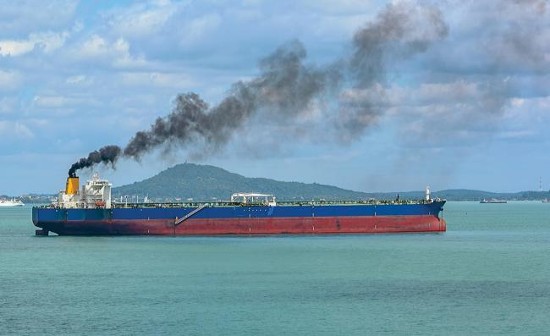Here are some notable stories about climate change that have happened in the last few days.
- Canada will not meet its 2030 emission reduction targets state government oversight body.
- Canada removes carbon pricing from home heating oil putting its market-driven program to lower the country’s emissions in jeopardy.
- Polls in the United States show that fewer people believe climate change is caused by human activity. The drop is dramatic for both registered Democrats and Independents.
- Climate change loss and damage fund set up with $500 million initially to be managed by the World Bank to cover compensation for rising sea levels, extreme heat waves, desertification, forest fires, crop failures, and other climate-related events.
- COP28, the annual meeting of nations focused on mitigating and adapting to climate change convenes at the end of this month led by a UAE oil executive.
But the one that stood out most comes from James Hansen, the scientist who first raised the climate change alarm to the American government several decades ago. Hansen is the lead author of an Oxford Academic paper published in the last week. In it, the authors describe how declining aerosol emissions since 2010 that we might associate with being a good thing is contributing to the speed-up of atmospheric warming. How so?
Since the onset of the Industrial Revolution, industry and marine transportation have spewed megatons of aerosol particles into the atmosphere making clouds brighter and more persistent and reflecting the Sun’s rays into space. These aerosols countered the warming effects of rising greenhouse gas (GHG) emissions even though their persistence lasted only a fraction of the time compared to carbon dioxide (CO2). But industry and marine shipping have been transitioning from dirty sulphur-rich fuels and have made the atmosphere less cloudy.
The result as described in the above-mentioned paper is an increase in the rate of atmospheric warming not previously accounted for in climate change models. The paper states that without a rapid phaseout of GHG emissions the decline in aerosol emissions since 2010 “should increase the 1970–2010 global warming rate of 0.18 Celsius [0.324 Fahrenheit] per decade to a post-2010 rate of at least 0.27 Celsius [0.486 Fahrenheit] per decade. Thus, under the present geopolitical approach to GHG emissions, global warming will exceed 1.5 Celsius [2.7 Fahrenheit] in the 2020s and 2 Celsius [3.6 Fahrenheit] before 2050. Impacts on people and nature will accelerate as global warming increases hydrologic (weather) extremes.”
The paper has attracted significant criticism from many of his climate scientist peers who argue that the hypothesis is more an opinion piece, that it lacks rigour and represents a hotchpotch of gathered facts that do a disservice to the field. One climate scientist characterized the paper as simply “wrong.”
Hansen has never been a big fan of the Intergovernmental Panel on Climate Change (IPCC) and the methodology that governs its annual reports. He has seen his role as equivalent to the canary in the coal mine. In an article appearing in Inside Climate News, he points out that humans are geoengineering the climate right now stating, “This is what we’re doing by putting these huge amounts of greenhouse gas into the atmosphere at a greater rate than has ever occurred in the Earth’s history, as far as we know.”
Is Hansen being an alarmist, or is he pointing to something all climate scientists need to consider? After all, the modern treatment of climate science is a little more than a half-century old. The first paper of note appeared in 1967 authored by researchers at the Geophysical Fluid Dynamics Laboratory, Environmental Science Services Administration, located in Washington, D.C. It linked atmospheric temperature sensitivity to changes in CO2 levels. Since its publication, more than 41,000 papers have appeared with more than 99% linking human activity to observed climate change. This is the accumulated published science that has become the gospel of climate change.
Will this Hansen-led paper add to it or be a distraction? It is too soon to know, but its publication less than a month before the beginning of COP28 in Dubai is well-timed to turn heads within the climate science community.









